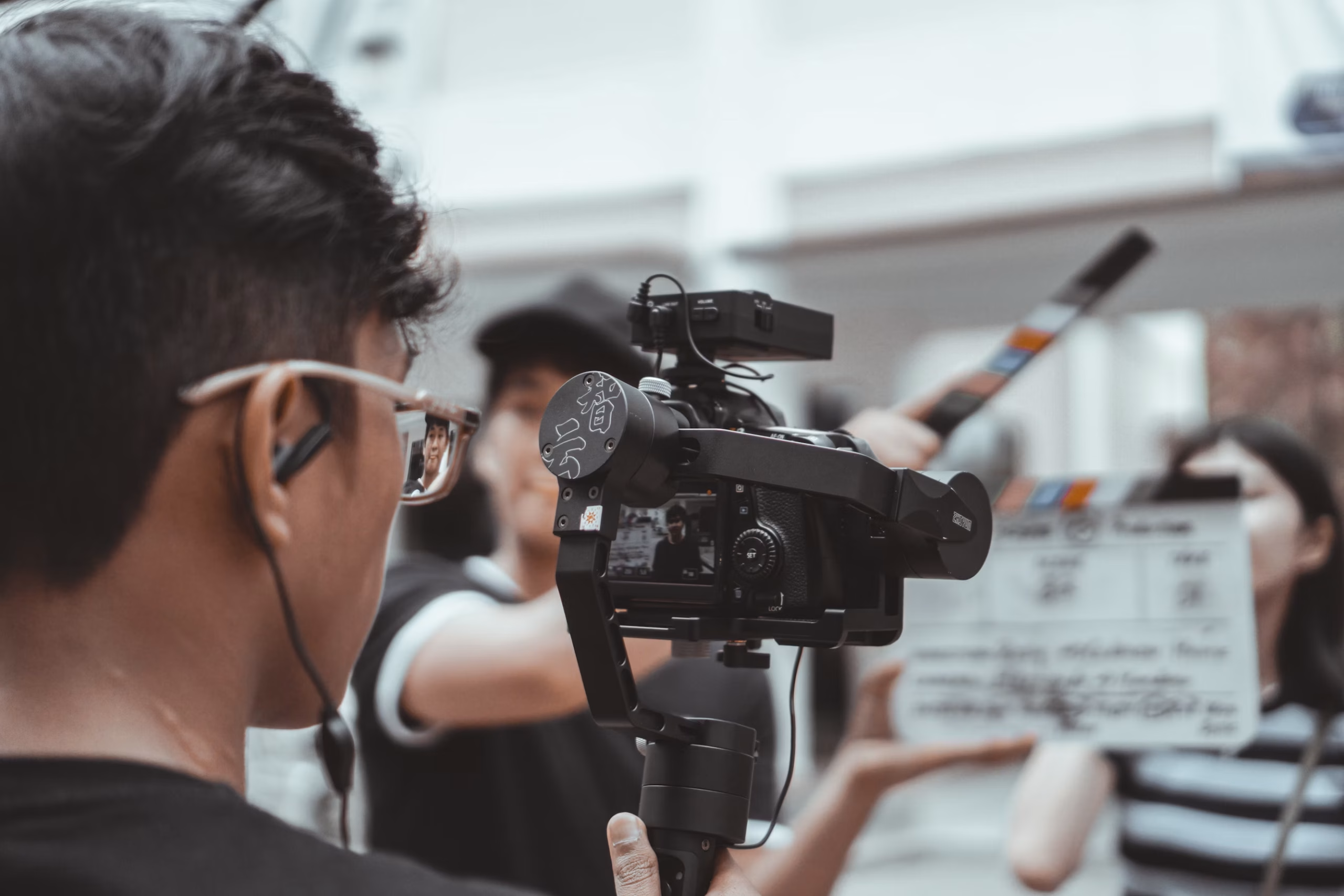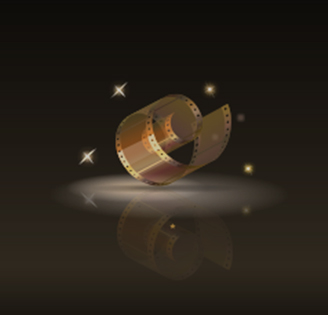
From Script to Screen: The Journey of a Short Film
We often consume short films with a casual ease. A quick click, a few minutes of engrossing narrative, and then we move on. But behind those seemingly simple 5, 10, or 15 minutes of on-screen magic lies a colossal amount of effort, dedication, and often, sheer grit.
From the initial spark of an idea to the final credits roll, the journey of a short film is a complex, multi-layered process that demands creativity, collaboration, and a tenacious spirit. It’s a testament to the passion of filmmakers, often working with limited resources, to craft compelling stories that can move, inspire, and entertain.
In today’s post we explore the journey of a short film from script to screen, and also discuss ways to develop your idea into a short film.
The Genesis of an Idea
Every short film begins with a single seed – an idea. This initial concept can spring from anywhere: a news article, a personal experience, a striking image, or a compelling character. The process of “inventing” a topic isn’t simply about picking something random; it’s about identifying a story that the filmmaker feels compelled to tell. This involves brainstorming, researching, and allowing ideas to germinate.
For example, the short film Rogan Josh, featuring a spate of recognizable characters from Bollywood, tells a story that feels like a routine household conflict before the clock turns on its head and the viewer is hit with an entirely different realization.
Central Theme and Conflict
Once a topic is chosen, the filmmaker must then identify the core of their story: its central theme and conflict. The theme is the overarching idea or message the film explores – love, loss, identity, justice, etc. The conflict is the driving force of the narrative, the obstacle that characters must overcome. This conflict can be internal (a character struggling with their own demons) or external (a character facing a societal or physical challenge). A compelling short film often boils down to a well-defined conflict that keeps the audience invested.
Bringing Characters to Life
Characters are the vehicles through which the theme and conflict are explored. Short films require concise and impactful characterization. Every action, every line of dialogue, must contribute to the audience’s understanding of who these characters are, what motivates them, and what they stand to gain or lose. Even with limited screen time, characters need to be relatable, believable, and dynamic. We see this in Nayantara’s Necklace, where the natural acting skills of Konkona Sen Sharma and Tillotama Shome give us a glimpse into character backgrounds, motivations, and flaws, ensuring that they feel like real, living beings.
Short Script Writing (and Revisions)
With the core elements defined, it’s time to craft the script. Short film scripts must be economical, using every scene and line to maximum effect. There’s little room for meandering subplots or lengthy exposition. This is a process of distilling the story to its purest form. The initial script draft is rarely perfect, and often goes through multiple rounds of revisions, polishing, and refinement. Feedback from trusted readers and fellow filmmakers is invaluable at this stage.
Assembling Cast and Crew
No filmmaker can create a short film alone. Assembling a talented and passionate team is essential. This involves finding a director of photography (DoP) to capture the visual aspects, a sound designer to create the aural landscape, editors to shape the film. The selection of cast is also crucial, as each person brings their perspective and talent to the process. The cast of Rogan Josh and Nayantara’s Necklace are a testament to this statement.
Lights, Camera, Action!
The production phase is where all the planning comes to life. It’s an intense period of long days, careful planning, and constant problem-solving. The director and DoP work together to translate the script into visually compelling scenes. Actors bring their interpretations to the characters, adding nuances and depth. Shooting can be a chaotic and demanding process, requiring flexibility, patience, and adaptability.
Editing and Sound Design
Once filming wraps, the process of editing begins. It’s here that the disparate pieces of the film – the various takes and camera angles – are woven together into a cohesive narrative. Editing is a creative process in itself, and can often change the tone and rhythm of the film. Simultaneously, sound design – music, dialogue editing, and sound effects – adds another layer of depth and emotional impact. The combination of picture and sound is what truly brings a short story to life.
Finding the Audience
The final hurdle for any short film is finding an audience. After all the effort, it’s about sharing the work with the world. This often involves submitting the film to festivals, which can offer a platform for exposure and recognition. But today, filmmakers also have options like online platforms, like Royal Stag Barrel Select Shorts, which are supportive of short filmmaking endeavors.
How to Develop Your Story Idea?
So you have a spark of an idea – great! But how do you transform that into a compelling short film? Here are some practical steps:
- Brainstorm and Free Write: Don’t censor yourself. Jot down everything that comes to mind, even if it seems silly or irrelevant. Explore all angles of your idea.
- Ask “What if?”: Push your idea further. What if a character makes an unexpected choice? What if the setting changes? What if the conflict intensifies?
- Identify Your Core Elements: Pin down your theme, conflict, and central characters early on. This will give your narrative focus.
- Create a Basic Outline: Start with a simple beginning, middle, and end structure. This provides a roadmap for your story and helps to identify pacing.
- Don’t Be Afraid to Experiment: Try different approaches. What if your story isn’t linear? What if it has a twist? Be open to evolving your idea into something even more powerful.
- Seek Feedback: Share your concept with trusted friends, writers, or filmmakers and get honest feedback that helps your idea evolve
- Be Patient: Story development is a process. It takes time to refine an idea. Don’t rush. Embrace the journey.
Next Steps: Crew, Cast, Budget, and Distribution
Once you’ve solidified your story, the next crucial steps involve assembling your team. Begin by assessing your budget; short films can range from shoestring productions to more well-funded endeavors. This budget will heavily influence your choices regarding crew and cast. You may need to seek out collaborators willing to work for a deferred payment or a small fee. Online platforms such as film schools and creative networking groups can help you find enthusiastic and talented individuals.
In terms of distribution, don’t feel limited by the festival circuit alone. Platforms like YouTube and Vimeo offer a fantastic starting point for independent filmmakers to showcase their work to a global audience, build a following and attract potential producers or investors.
In Essence
The journey of a short film, from a fledgling idea to a finished product, is a profound experience. It demands creativity, dedication, and perseverance. But more than that, it’s a journey of learning, collaboration, and personal growth. The process is rarely straightforward; it’s a constant evolution as filmmakers develop their vision and bring their stories to life. So, whether you’re an aspiring filmmaker or simply an appreciative viewer, remember the countless hours, the creative problem-solving, and the sheer passion that goes into every short film. They are not just quick cinematic experiences, but rather, a powerful testament to the human desire to tell stories that resonate and connect.


